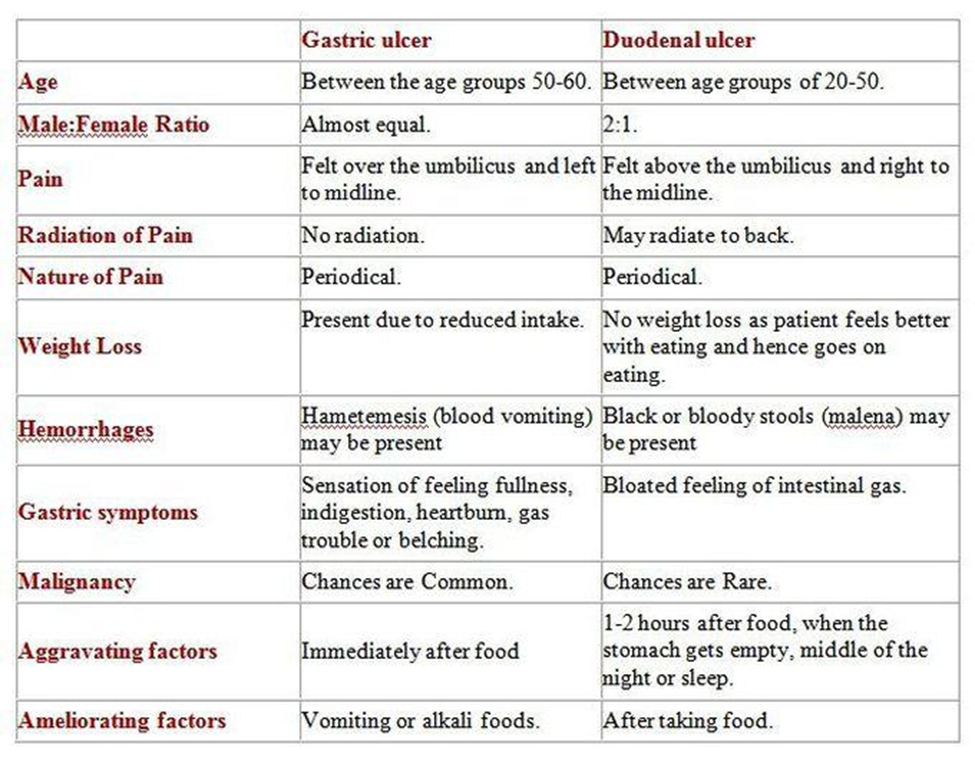A client has been diagnosed with allergic rhinitis. Which symptoms would the nurse expect to observe?
(Select All that Apply.)
Wheezing
Sneezing
Watery eyes
Nasal congestion
Urticaria
Correct Answer : B,C,D,E
A. Wheezing: Wheezing is not a typical symptom of allergic rhinitis. It is more commonly associated with asthma or other lower respiratory conditions.
B. Sneezing: Sneezing is a common symptom of allergic rhinitis. It is often triggered by exposure to allergens such as pollen, dust mites, or pet dander.
C. Watery eyes: Watery eyes, also known as allergic conjunctivitis, frequently accompany allergic rhinitis. This symptom occurs due to inflammation of the conjunctiva in response to allergen exposure.
D. Nasal congestion: Nasal congestion, or a stuffy nose, is a hallmark symptom of allergic rhinitis. It occurs as a result of inflammation and swelling of the nasal mucosa in response to allergens.
E. Urticaria: Urticaria, commonly referred to as hives, may occur in some individuals with allergic rhinitis. However, it is more commonly associated with other types of allergic reactions, such as food allergies or drug allergies.
Nursing Test Bank
Naxlex Comprehensive Predictor Exams
Related Questions
Correct Answer is ["A","D","E"]
Explanation
A. Family history: Having a family history of peptic ulcers increases the risk of developing the condition, suggesting a genetic predisposition.
B. Blood type A: There is no direct association between blood type A and peptic ulcer disease.
C. Acetaminophen (Tylenol) intake for pain: Acetaminophen is generally considered safe for pain relief and is not a significant risk factor for peptic ulcer disease. However, nonsteroidal anti-inflammatory drugs (NSAIDs) such as aspirin, ibuprofen, and naproxen are known to increase the risk of peptic ulcers.
D. Smoking tobacco: Smoking tobacco is a significant risk factor for peptic ulcer disease. Tobacco use increases stomach acid production, weakens the protective lining of the stomach and duodenum, and impairs the healing of ulcers.
E. Drinking caffeine: While caffeine consumption alone may not directly cause peptic ulcers, excessive intake of caffeinated beverages such as coffee, tea, and soda can aggravate existing ulcers by stimulating stomach acid production and increasing gastric acidity.
Correct Answer is C
Explanation
A) Nighttime pain:
Nighttime pain, also known as nocturnal pain, is a symptom associated with both duodenal and gastric ulcers. It occurs when the stomach or duodenal lining is empty and no food is present to buffer the effect of gastric acid. While nighttime pain can occur in both types of ulcers, it is not more specific to duodenal ulcers compared to gastric ulcers.
B) Anorexia:
Anorexia, or loss of appetite, can occur in both duodenal and gastric ulcers due to factors such as pain, discomfort, and inflammation. It is not a symptom that is more commonly associated with one type of ulcer over the other.
C) Postprandial pain (occurring after a meal).
Postprandial pain, which occurs after a meal, is more commonly associated with duodenal ulcers than gastric ulcers. This pain typically occurs 2 to 3 hours after eating, as it is often triggered by the release of gastric acid and duodenal contractions stimulated by food intake. Duodenal ulcers tend to cause this type of pain because they are located in the duodenum, the first part of the small intestine, which is exposed to gastric acid and bile after a meal.
D) Nausea and vomiting:
Nausea and vomiting can occur in both duodenal and gastric ulcers, particularly if the ulcer is accompanied by complications such as obstruction or perforation. These symptoms are not more specific to duodenal ulcers compared to gastric ulcers.

Whether you are a student looking to ace your exams or a practicing nurse seeking to enhance your expertise , our nursing education contents will empower you with the confidence and competence to make a difference in the lives of patients and become a respected leader in the healthcare field.
Visit Naxlex, invest in your future and unlock endless possibilities with our unparalleled nursing education contents today
Report Wrong Answer on the Current Question
Do you disagree with the answer? If yes, what is your expected answer? Explain.
Kindly be descriptive with the issue you are facing.
